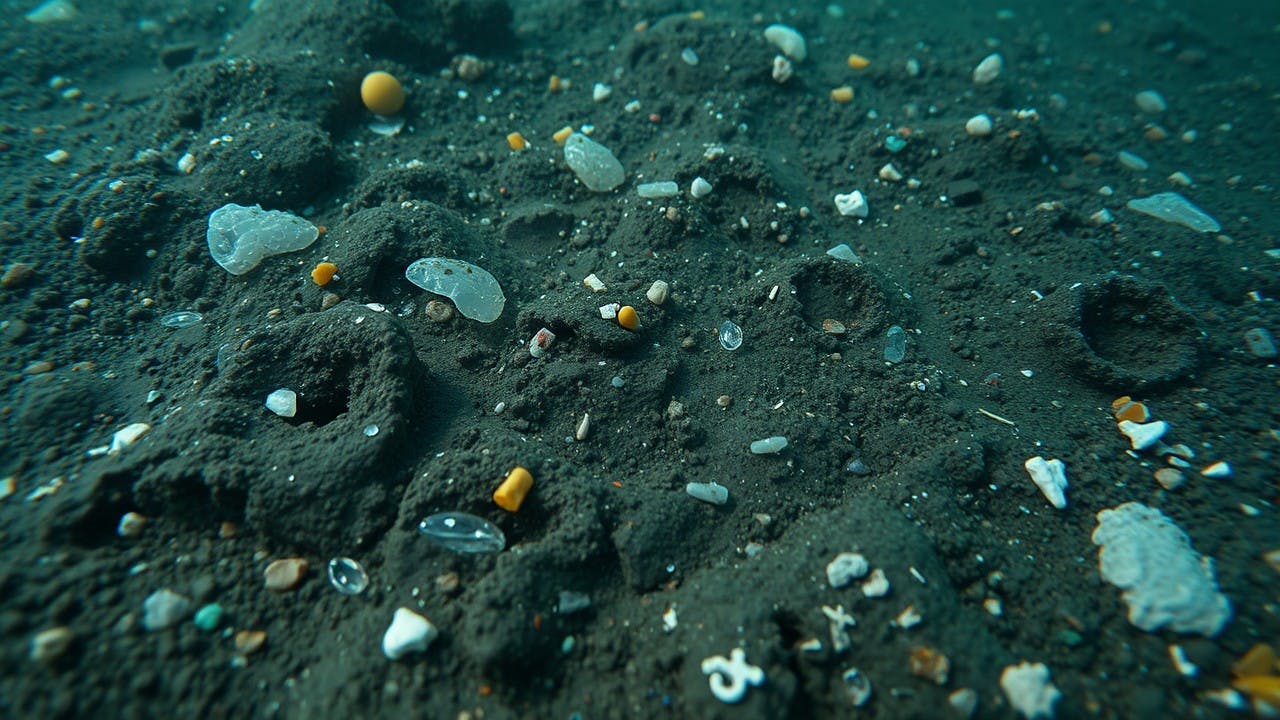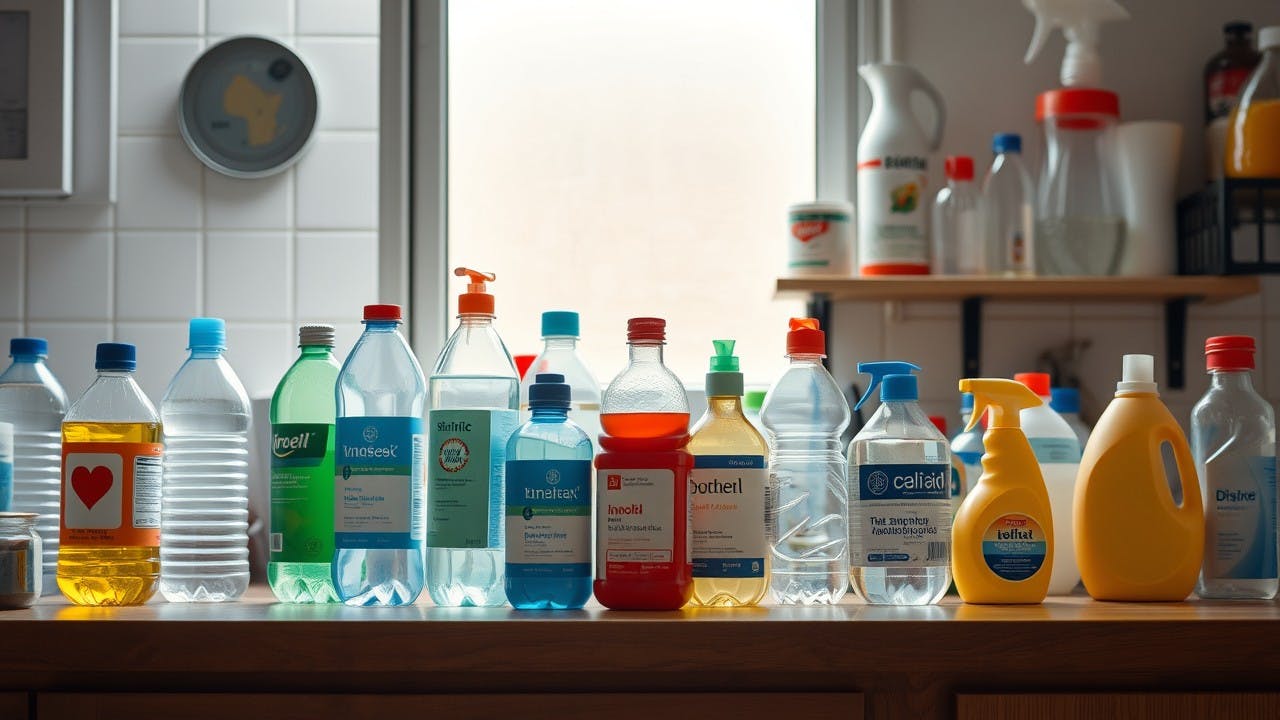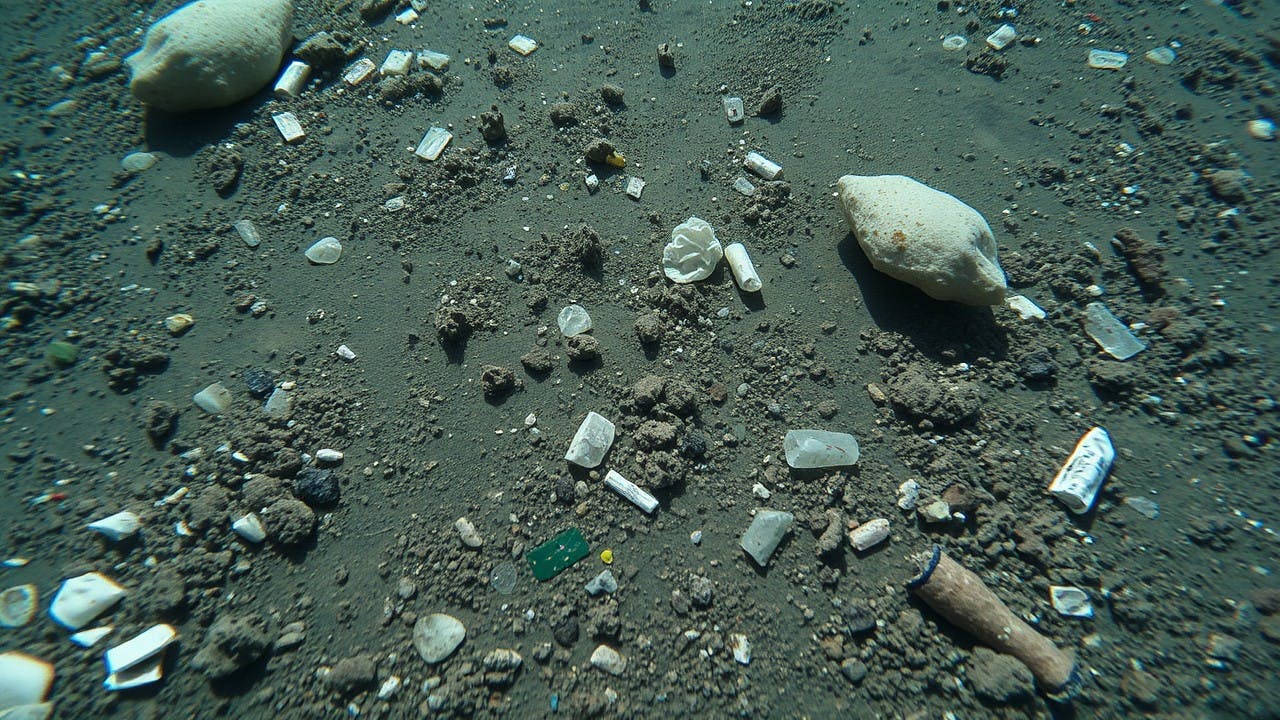Unseen Hazards: PFAS and Microplastics in Our Daily Lives

Like you, I’ve been thinking about two pressing environmental concerns: PFAS (Per- and Polyfluoroalkyl Substances) and microplastics. It’s incredible that these invisible pollutants have permeated so many aspects of our lives, that we now ingest a credit card’s worth a week. Let’s regain some control over our lives and tackle one at a time.
What are PFAS?
PFAS, often dubbed "forever chemicals," are a group of man-made substances that have been used in various industries since the 1940s. They are commonly found in non-stick cookware, water-repellent clothing, stain-resistant fabrics, and some firefighting foams. PFAS are incredibly persistent in the environment and human body, leading to potential health risks such as cancer, liver damage, and immune system effects.
PFAS are ubiquitous in our daily lives. Imagine cooking breakfast on a non-stick pan, using a water-resistant jacket on a rainy day, or enjoying a night out on a stain-resistant sofa. Each of these conveniences comes with the hidden presence of PFAS. Studies have shown that these chemicals can leach into food from cookware and accumulate in household dust, leading to significant exposure risks .

Governments worldwide are beginning to take notice. In the United States, the Environmental Protection Agency (EPA) has started to regulate PFAS in drinking water and consumer products, while the European Union has proposed stricter limits on their use. These regulatory steps are crucial as they push industries to find safer alternatives and protect public health
Microplastics: Tiny Particles, Big Problem
Microplastics, on the other hand, are tiny plastic particles less than five millimeters in diameter. They originate from larger plastic debris breaking down, microbeads in single serve water bottles, personal care products, and synthetic fibers from clothing. These minuscule plastics find their way into our oceans, lakes, and rivers, posing threats to aquatic life and potentially entering the human food chain.
The impact of microplastics is evident in our environment. These small particles have been found in the deepest parts of the oceans, in Arctic ice, and even in the air we breathe. Marine animals ingest microplastics, which leads to chemical contamination. This contamination then travels up the food chain, affecting human health as well.

Recent research has also detected microplastics in bottled water, table salt, and even newborn babies. Let that sink in - the human race is now born with microplastics already in our system. This widespread presence underscores the need for comprehensive strategies to reduce plastic pollution. Initiatives such as banning single-use plastics, promoting recycling, and developing biodegradable alternatives are steps in the right direction. However, individual actions also play a significant role. Reducing plastic use, choosing products with minimal packaging, and participating in local clean-up efforts can collectively make a substantial difference.
What Can We Do?
Addressing the issues of PFAS and microplastics requires a multi-faceted approach. Here are some practical steps you can take:
- Stay Informed: Awareness and education are crucial to change. Follow reliable news sources and scientific reports to stay updated on PFAS and microplastics.
- Make Conscious Choices: Opt for products labeled Mircoplastic-free and PFAS-free that offer transparent test results, and avoid single-use plastics.
- Support Legislation: Advocate for stronger regulations on PFAS and plastic pollution. Support organizations and policies that promote environmental sustainability.
- Reduce, Reuse, Recycle: Embrace the three Rs. Reducing consumption, reusing items, and recycling properly can significantly cut down on plastics and toxins filtering down to our wildlife, marine life and of course, human life.
Conclusion
PFAS and microplastics may be invisible to the naked eye, but their impact is undeniably significant. By understanding their presence in our daily lives and taking proactive steps, we can mitigate their effects and pave the way for a healthier, more sustainable future. My family and I are committed to working towards a world where our convenience doesn't come at the cost of our environment and health.
References:
- "All The Stuff in Your Home That Might Contain PFAS ‘Forever Chemicals’" - News Source 1
- "Inside EPA’s Roadmap on Regulating PFAS Chemicals" - News Source 2
- "Microplastics in the environment: Recent developments in characteristic, occurrence, identification and ecological risk" - News Source 3